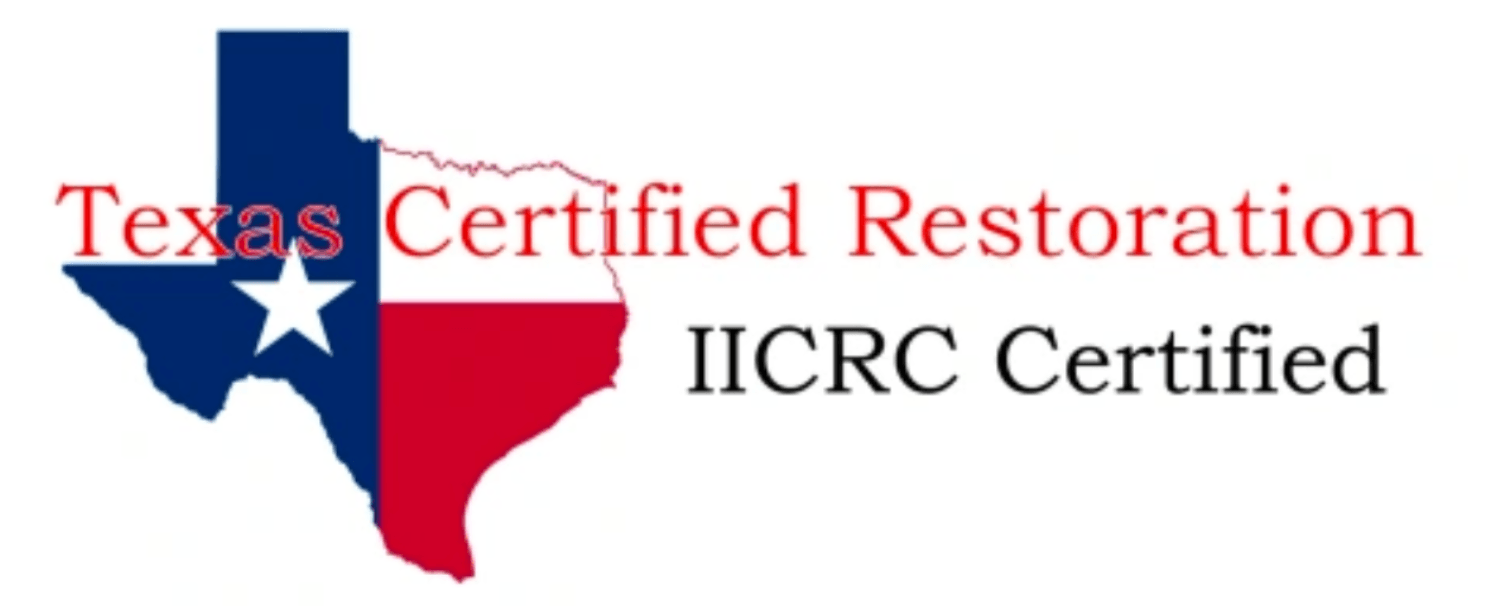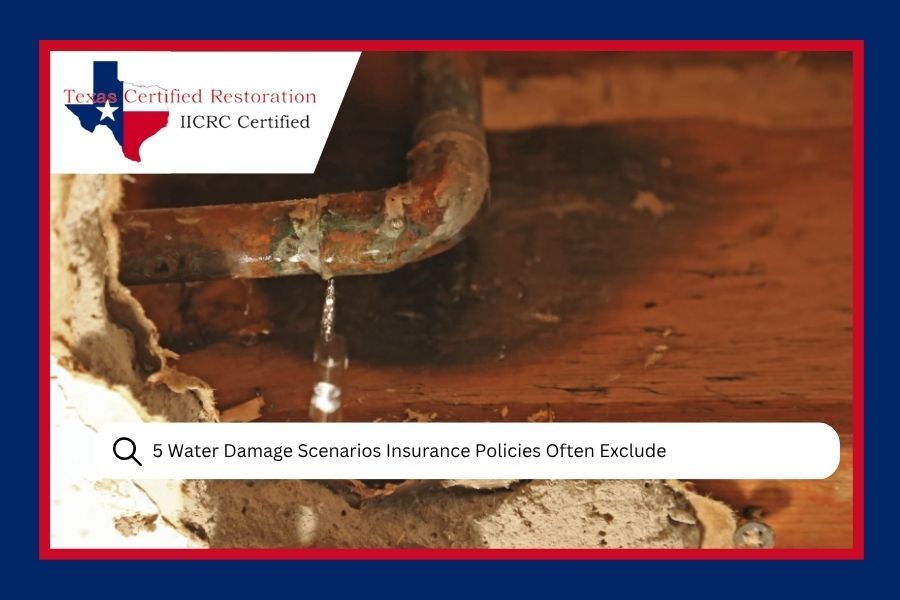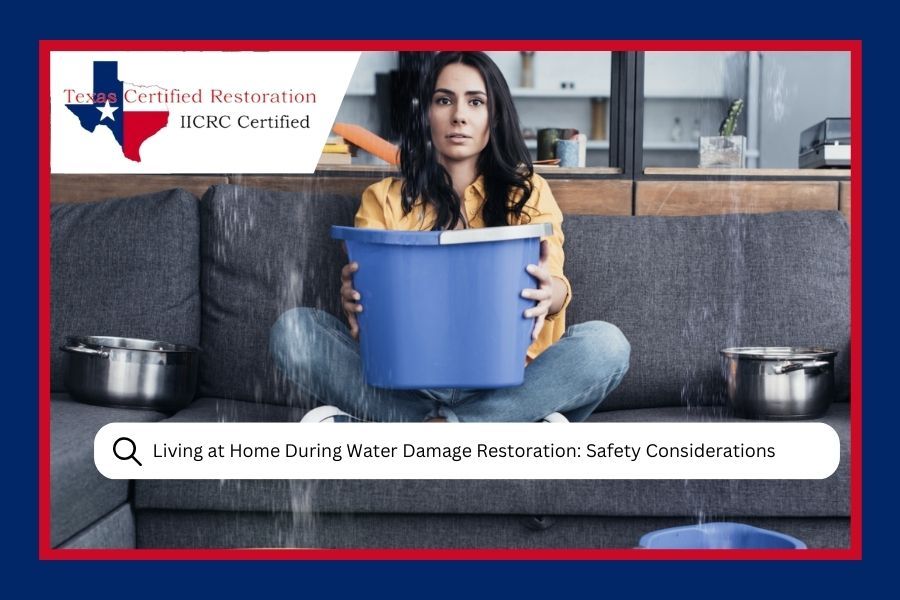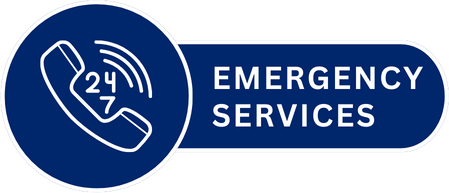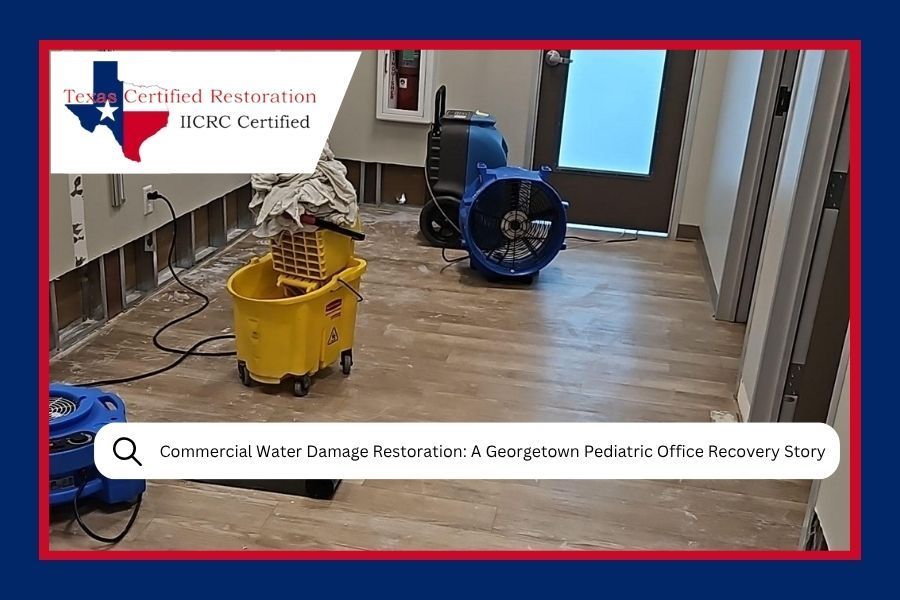
Commercial Water Damage Restoration: A Georgetown Pediatric Office Recovery Story
When water damage strikes a commercial property, every hour of downtime means lost revenue, disrupted operations, and stressed business owners trying to keep things running. That reality hit home when we got an emergency call from a pediatric health center in Georgetown dealing with significant water damage that threatened to shut down their practice indefinitely.
The call came in on what seemed like a regular Tuesday morning. The office manager had arrived early to prep for a full day of appointments, only to discover water seeping across the floors in multiple rooms. A supply line had failed overnight, and by the time anyone noticed, the damage had spread throughout the facility. With young patients scheduled throughout the day and families depending on them for care, closing wasn't just inconvenient, it felt impossible.
The Challenge: Water Damage in a Working Medical Office
Commercial properties present unique restoration challenges that homes simply don't face. This wasn't just about drying out some wet floors and calling it good. This was a functioning medical office with health regulations to meet, expensive equipment to protect, and a schedule full of families who needed care.
When we arrived on site, the scope became clear pretty quickly. Water had affected several exam rooms, the main hallway, a staff break area, and portions of the administrative office. The wood-look laminate flooring showed obvious water damage, and moisture readings confirmed our suspicions: the water had penetrated beneath the surface flooring and into the subfloor below.
The bigger concern? We needed to work around their operation as much as possible. Pediatric offices can't just reschedule dozens of families on short notice without creating real hardship. Our commercial restoration services meant figuring out how to execute a thorough water damage restoration project while keeping as much of their facility operational as we could.
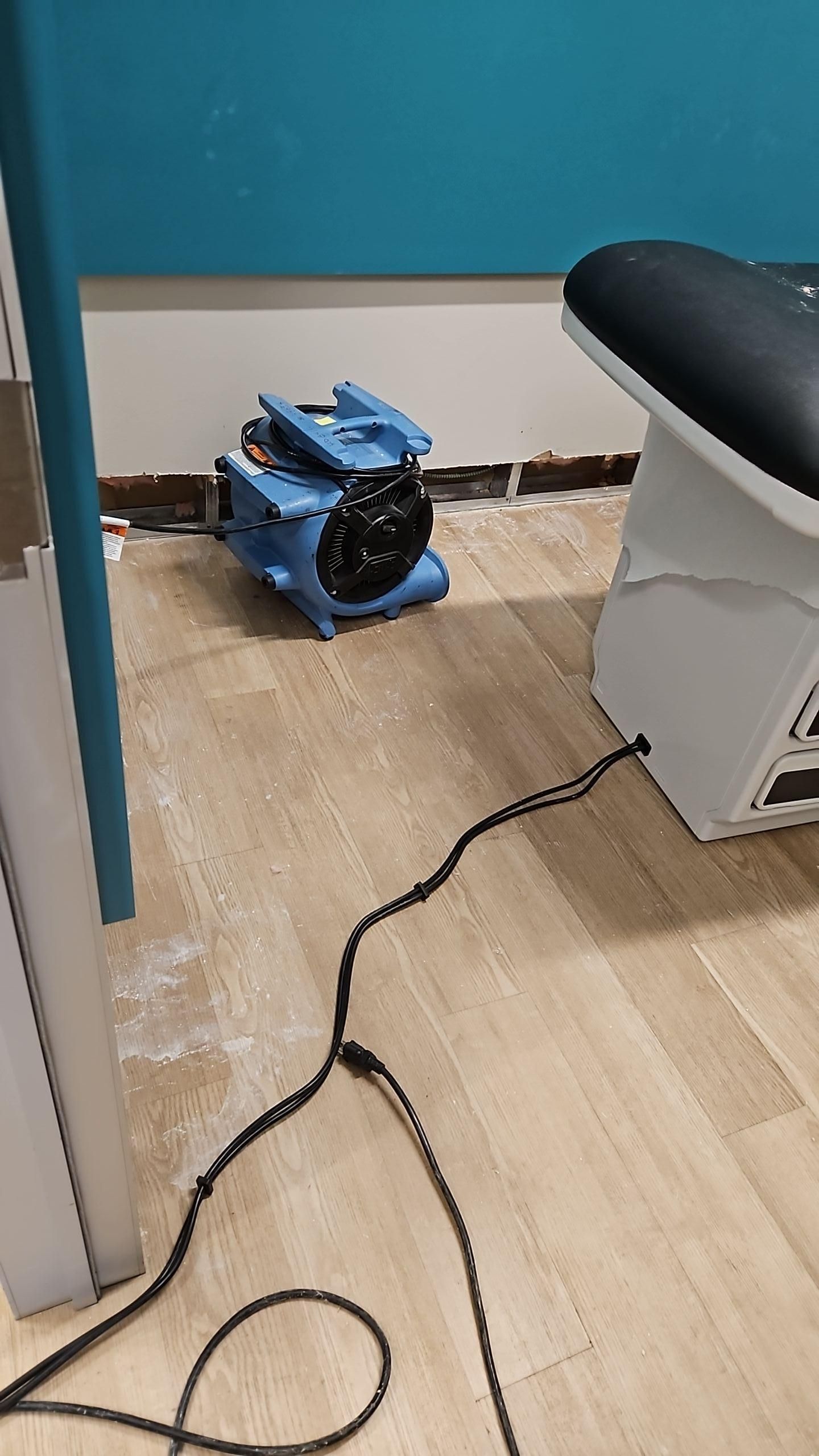
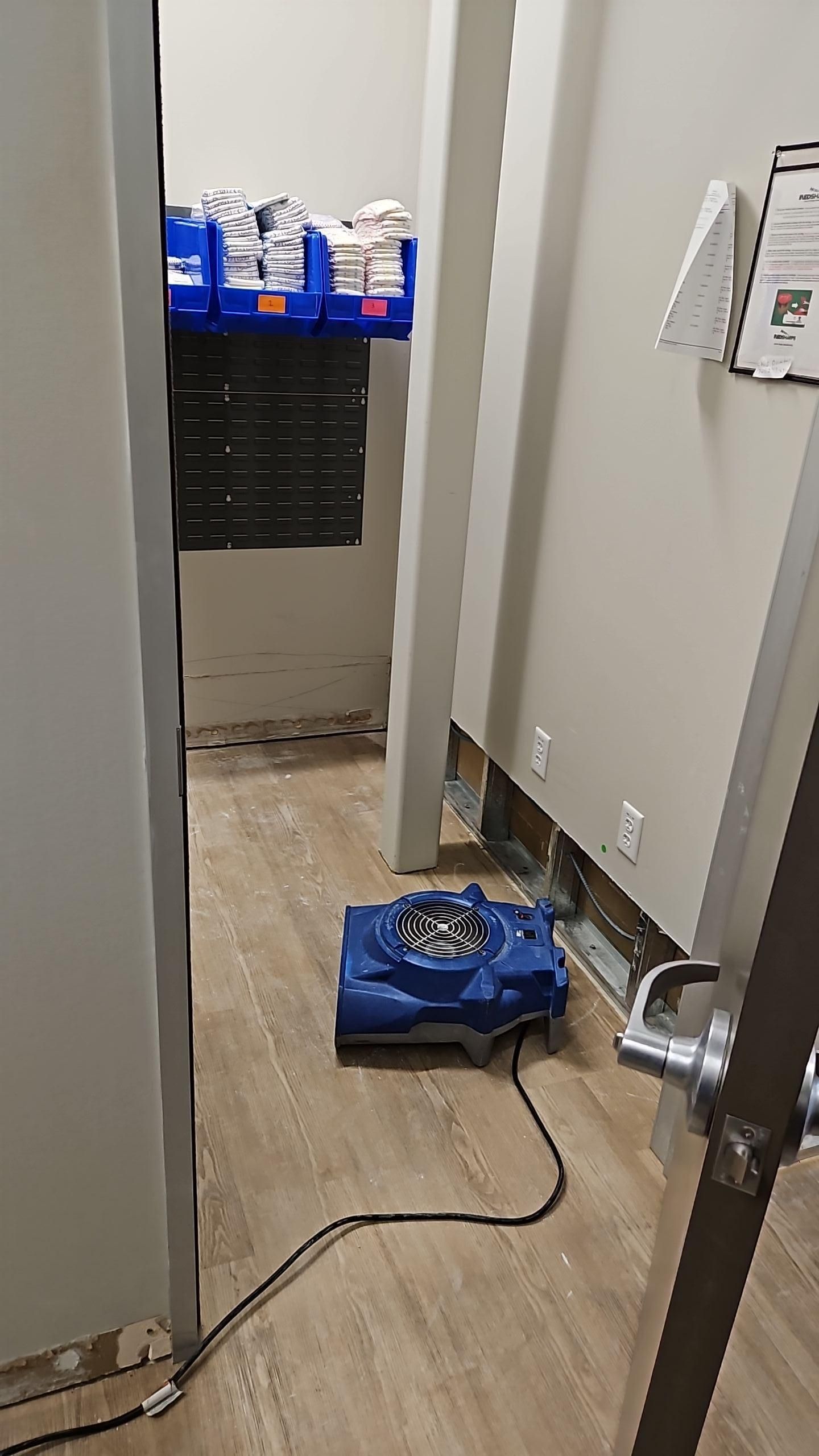
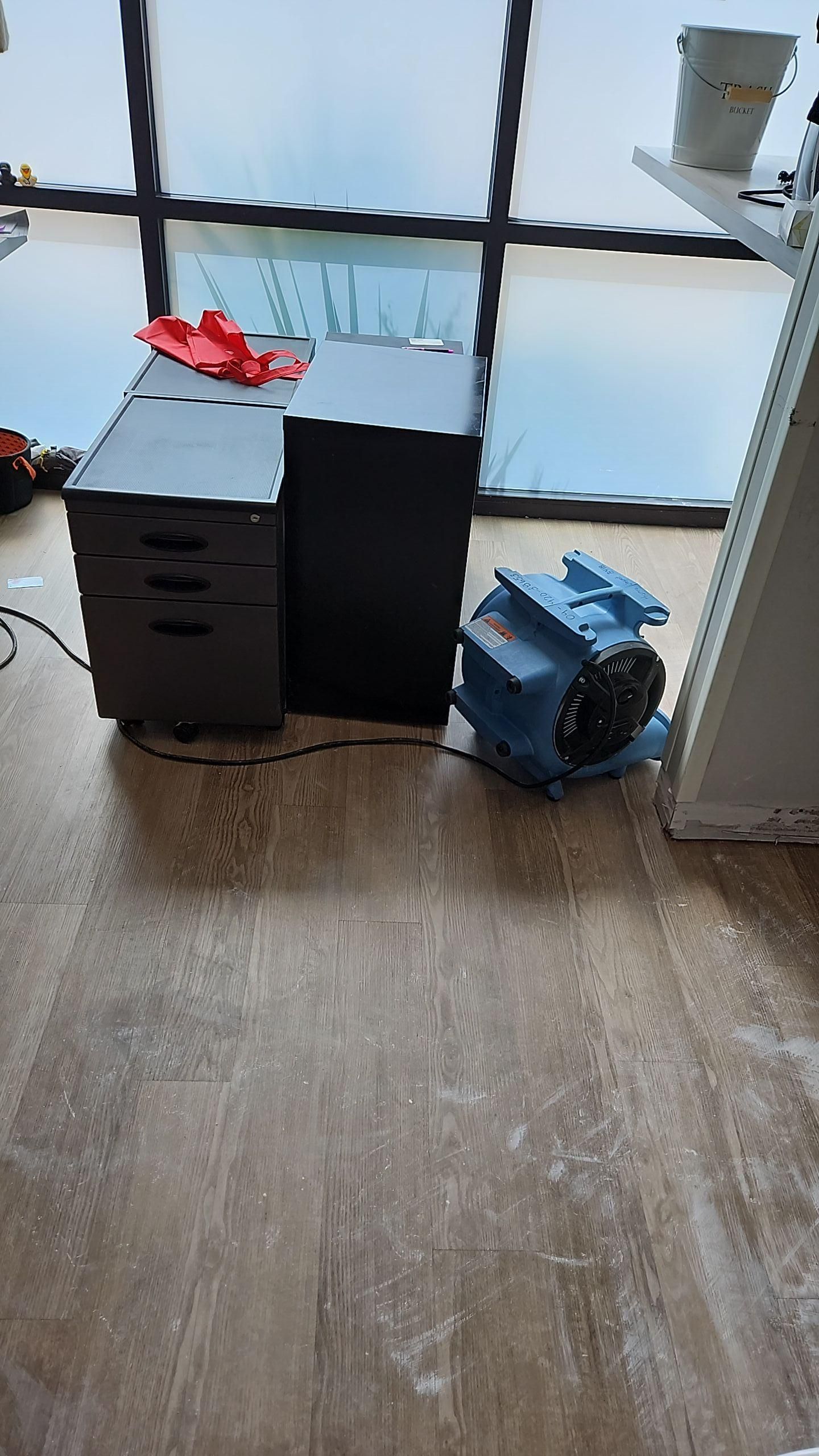
Immediate Water Mitigation Steps
The first priority in any water damage situation is stopping the spread and documenting everything. We started with a comprehensive moisture assessment using professional-grade meters. These aren't the consumer models you'd find at a hardware store, we're talking about equipment that gives us precise readings so we know exactly where moisture has traveled and how deep it goes.
Our moisture readings in this Georgetown office painted a clear picture:
- Surface flooring showed elevated moisture throughout affected areas
- Subfloor moisture levels were approaching saturation in high-traffic zones
- Wall baseboards showed moisture wicking at the bottom few inches
- Drywall remained mostly dry, limiting the demolition needed
With documentation complete, we moved into active extraction and mitigation. This phase moves fast because every hour matters when you're trying to prevent secondary damage like mold growth. We deployed industrial air movers, dehumidifiers, and negative air machines to create the controlled drying environment needed for proper restoration.
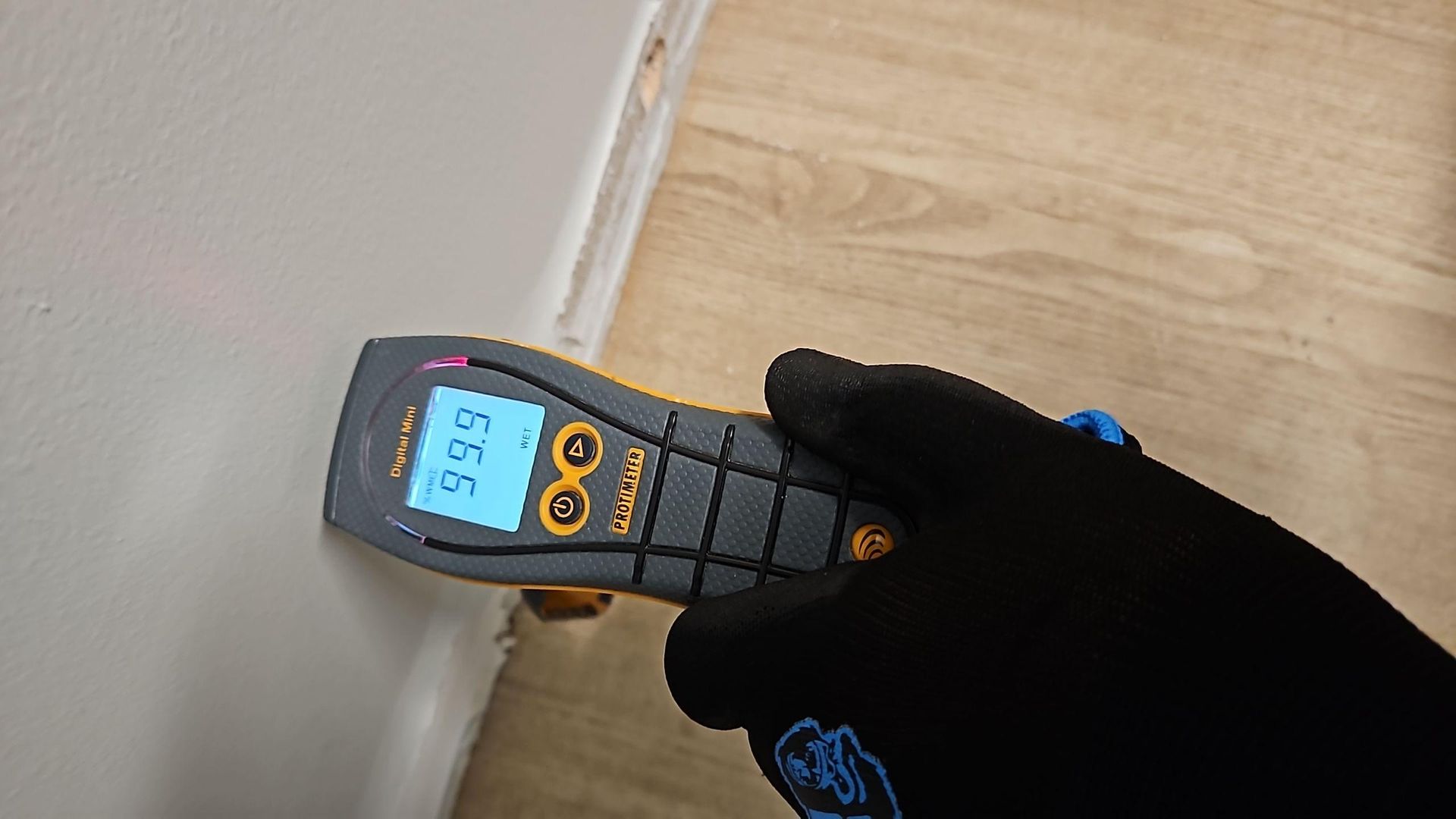
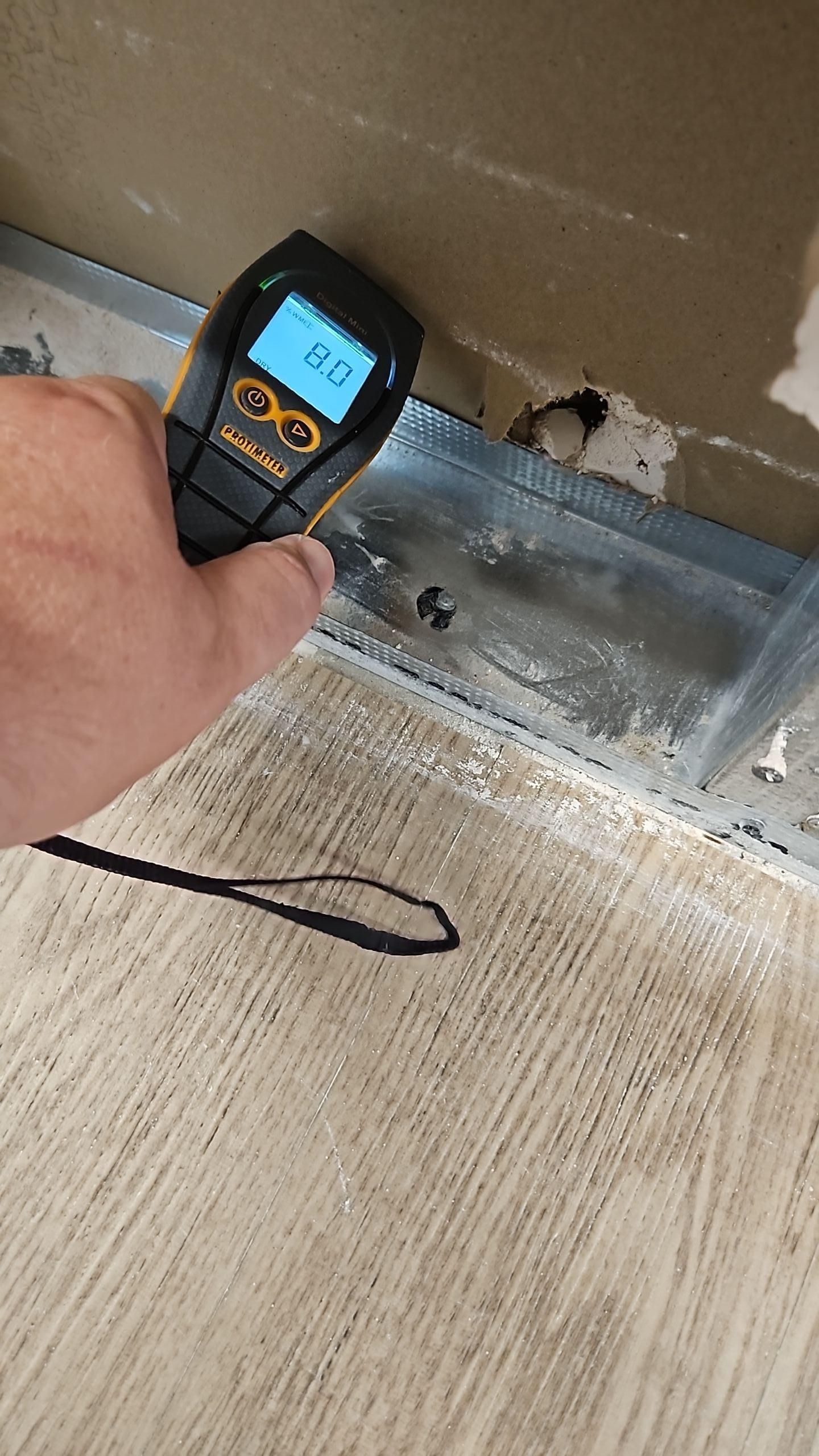
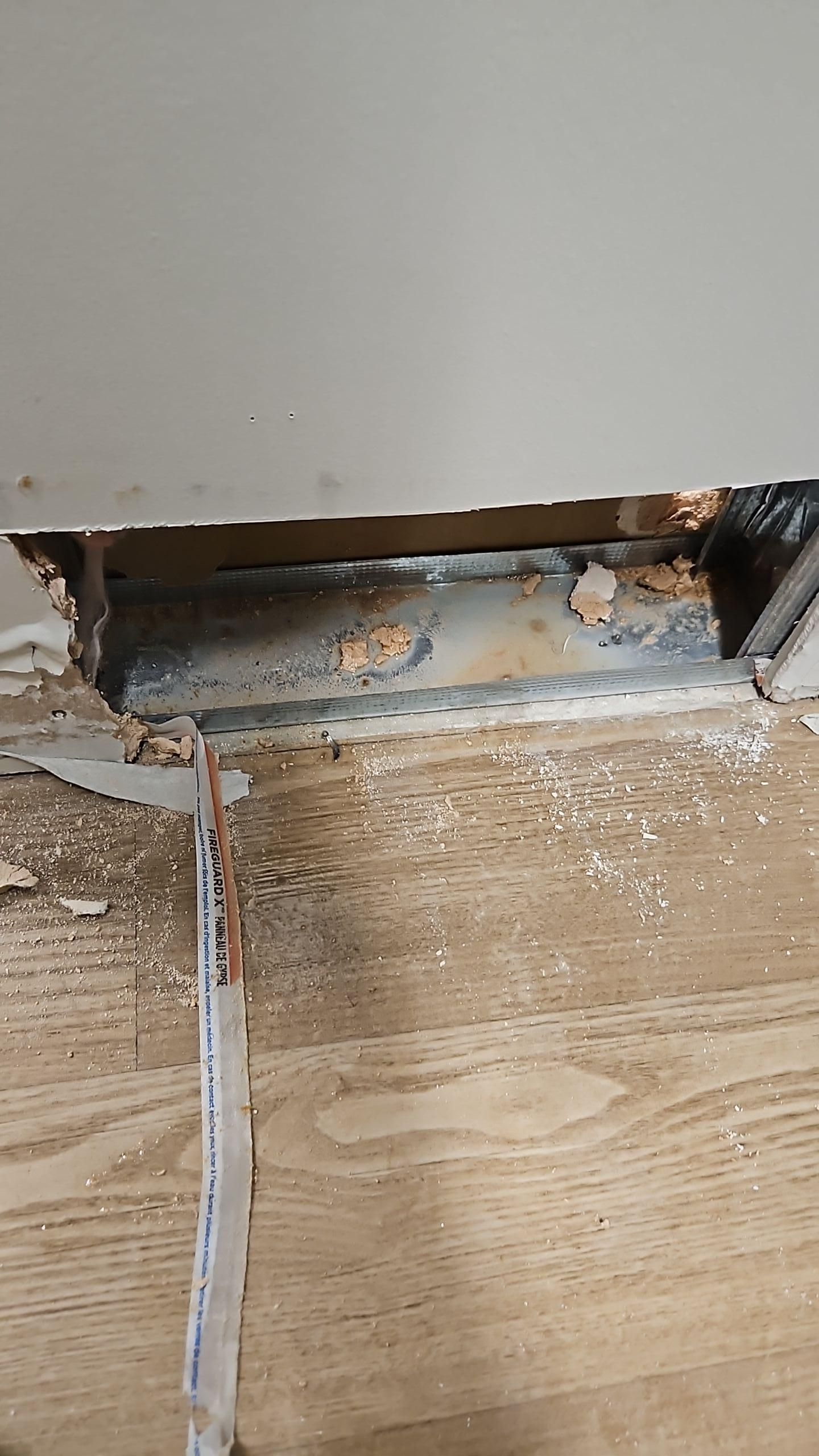
Strategic Demolition: Removing Only What's Necessary
One of the benefits of catching water damage relatively early and responding quickly is being able to save materials that might otherwise need replacement. In this Georgetown office, our thorough moisture assessment revealed that while the water had spread significantly, the damage was mostly contained to areas we could dry in place.
The wall baseboards needed to come off in the affected areas. Even though they weren't heavily damaged, leaving them in place would trap moisture behind them and create the perfect conditions for mold growth later. We also cut back some of the lower sections of drywall where moisture readings indicated water had wicked up from the floor. It's a bit like surgery, sometimes you have to remove a little extra to make sure you've gotten everything.
The good news? The flooring itself could be saved. The laminate planks hadn't been saturated long enough to buckle or delaminate, and our moisture readings showed we could dry the subfloor beneath without removal. This saved the office significant time and money, and meant less disruption to their operations during the restoration process.
Throughout this phase, we contained our work areas with plastic sheeting and maintained negative air pressure. That technical detail matters because it keeps dust, debris, and any potential contaminants from spreading into the clean areas of the office where staff were still seeing patients. The IICRC standards for water damage restoration require proper containment protocols, especially in occupied commercial spaces. You'd be surprised how much of a difference proper containment makes in commercial settings.

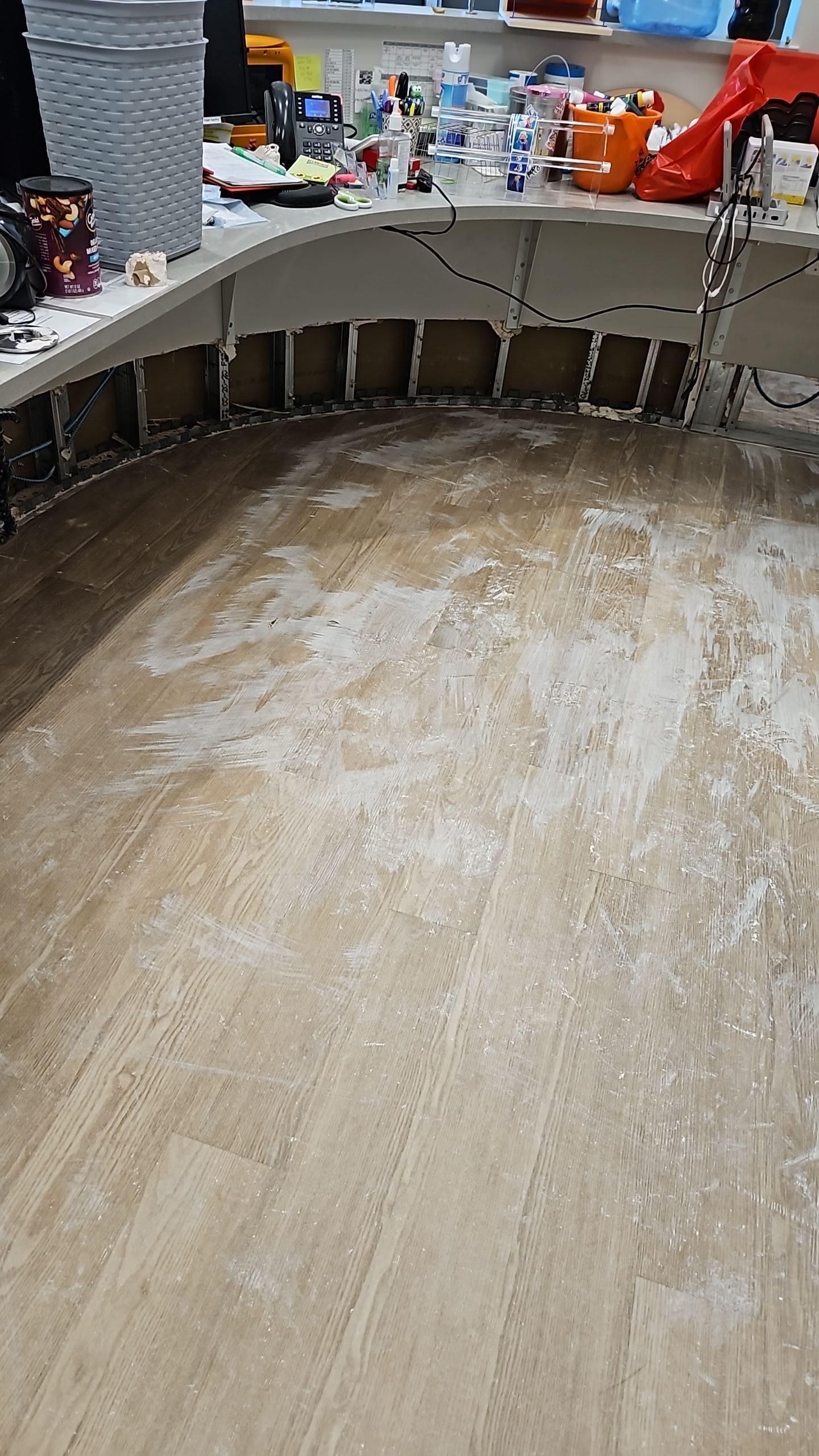
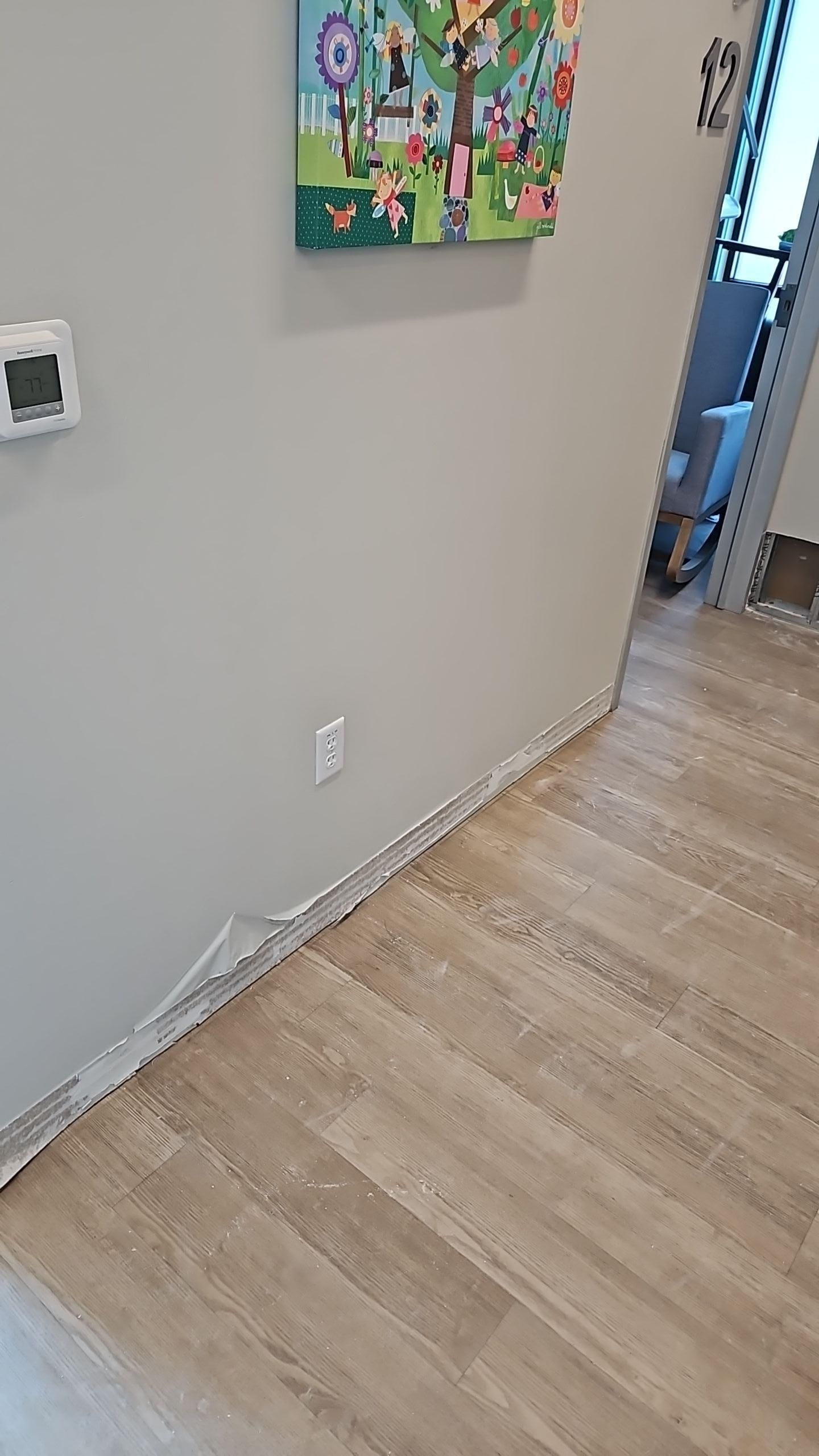
Commercial Drying: More Than Just Running Fans
The drying phase separates professional restoration from DIY attempts. We're not just pointing some fans at wet spots and hoping for the best. This is a calculated process based on humidity levels, temperature control, and air movement patterns designed to efficiently extract moisture from building materials.
Our equipment setup for this job included:
- High-velocity air movers positioned to maximize airflow across all affected surfaces
- Commercial-grade dehumidifiers running continuously to pull moisture from the air
- Moisture meters checked multiple times daily to track drying progress
- HEPA-filtered air scrubbers to maintain air quality during the drying process
One detail most people don't realize: drying isn't just about time, it's about conditions. We monitor temperature and relative humidity constantly, adjusting equipment placement and settings to maintain optimal drying conditions. Too much heat and you can damage materials. Not enough air movement and drying slows to a crawl. Get the humidity wrong and you're just moving moisture around instead of removing it.
For this Georgetown office, the drying process took several days of continuous equipment operation. We checked moisture levels twice daily, documenting the steady decrease until all materials reached acceptable moisture content. According to EPA guidelines for moisture control , materials should be dried within 24 to 48 hours when possible to prevent mold growth. Only then could we move forward with the restoration.
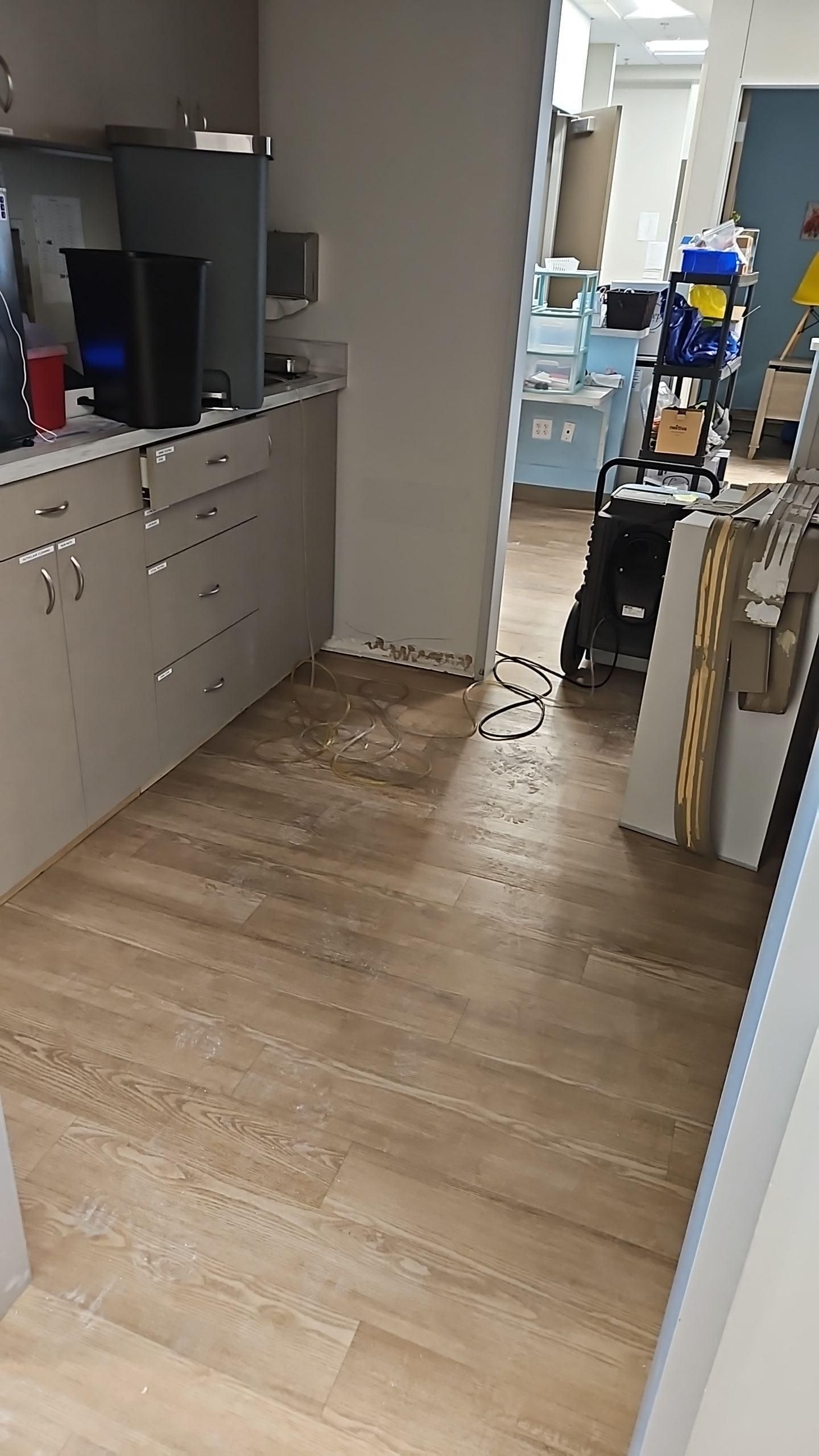
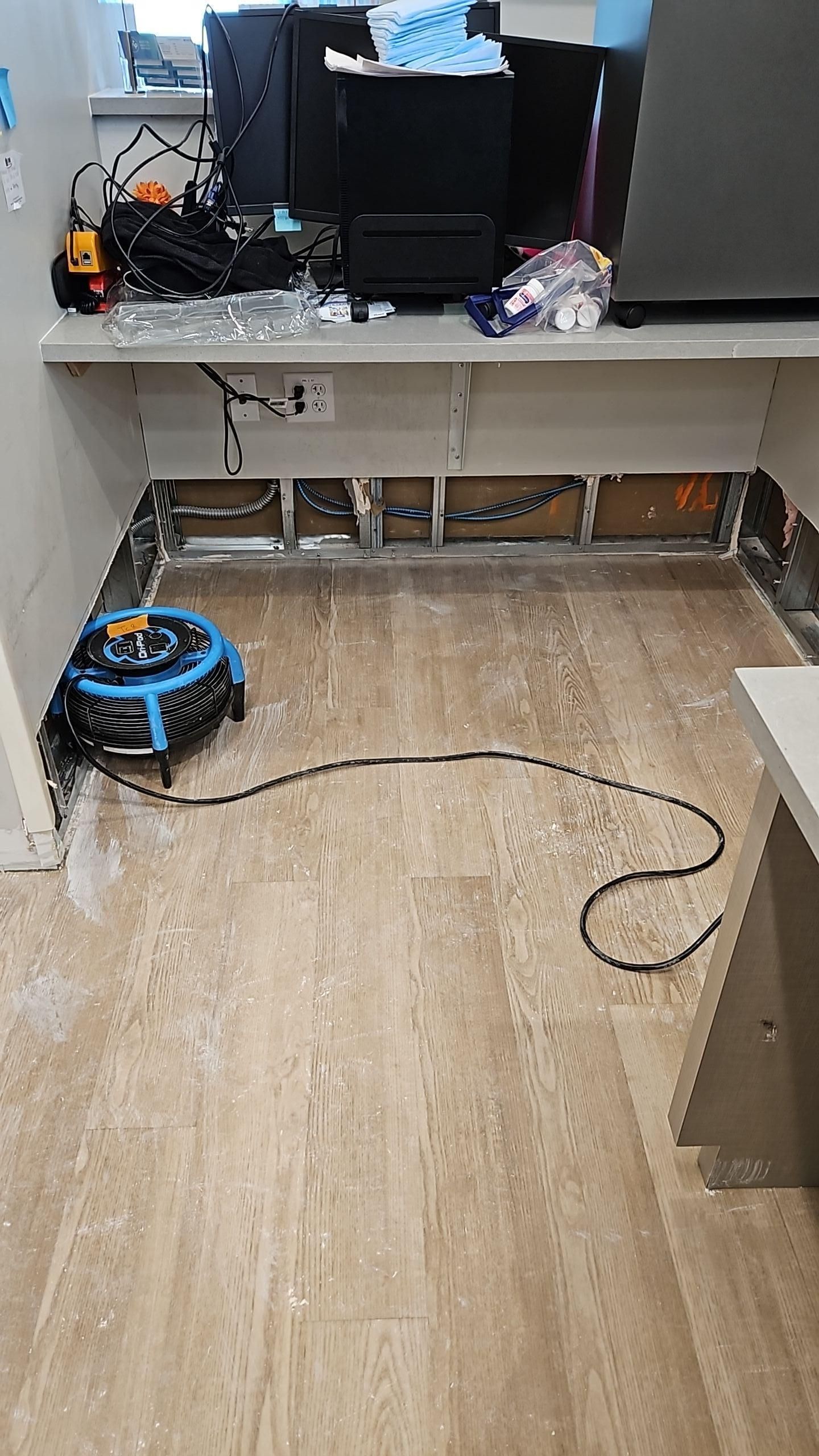
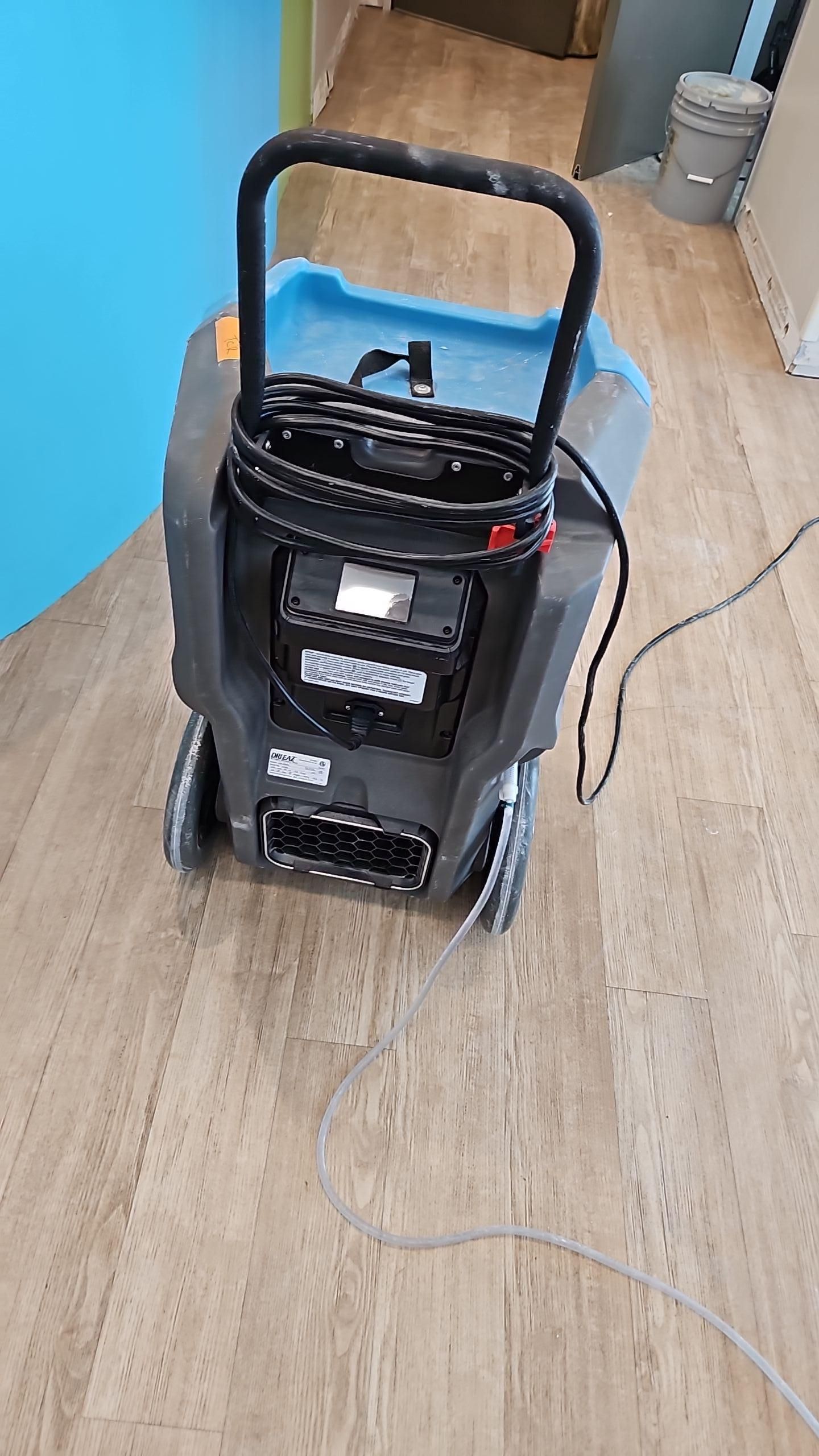
Coordination and Communication Throughout
One aspect that doesn't show up in photos but makes all the difference: constant communication. The office manager needed daily updates. The building owner wanted to understand timelines and next steps. Insurance adjusters needed documentation and progress reports. And families calling to schedule appointments needed to know which parts of the office were available.
We've learned that successful commercial restoration depends as much on clear communication as technical skill. Every morning, we touched base with the office staff about our plans for the day. Every evening, we left detailed notes about progress and what to expect next. When questions came up, and they always do, we answered them promptly and clearly.
This transparent approach helps property owners make informed decisions about their business operations. In this case, the office was able to keep three exam rooms operational throughout our work by scheduling appointments strategically around our containment areas. That flexibility saved them thousands in lost revenue while still allowing us to do the thorough restoration work needed.
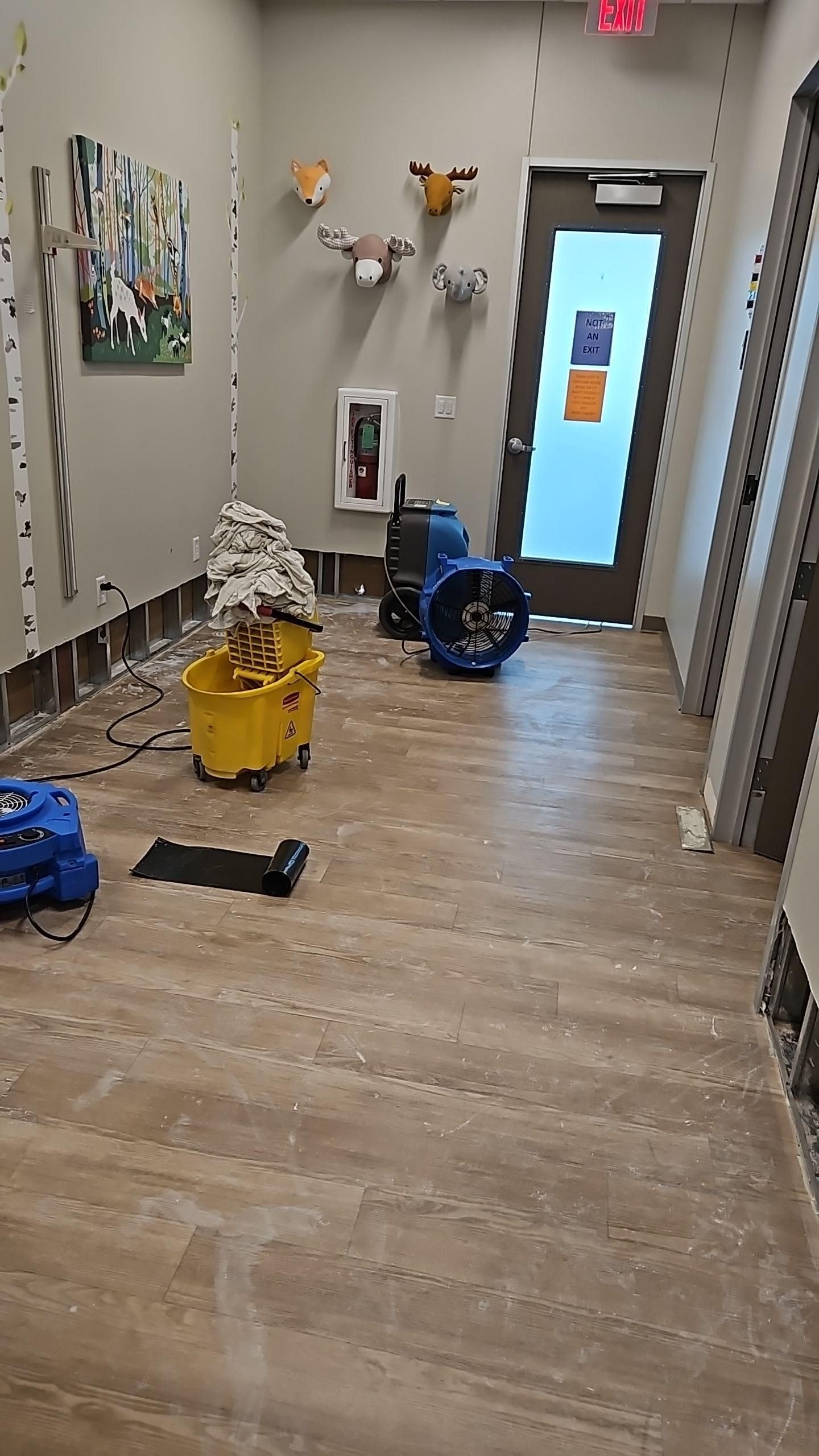
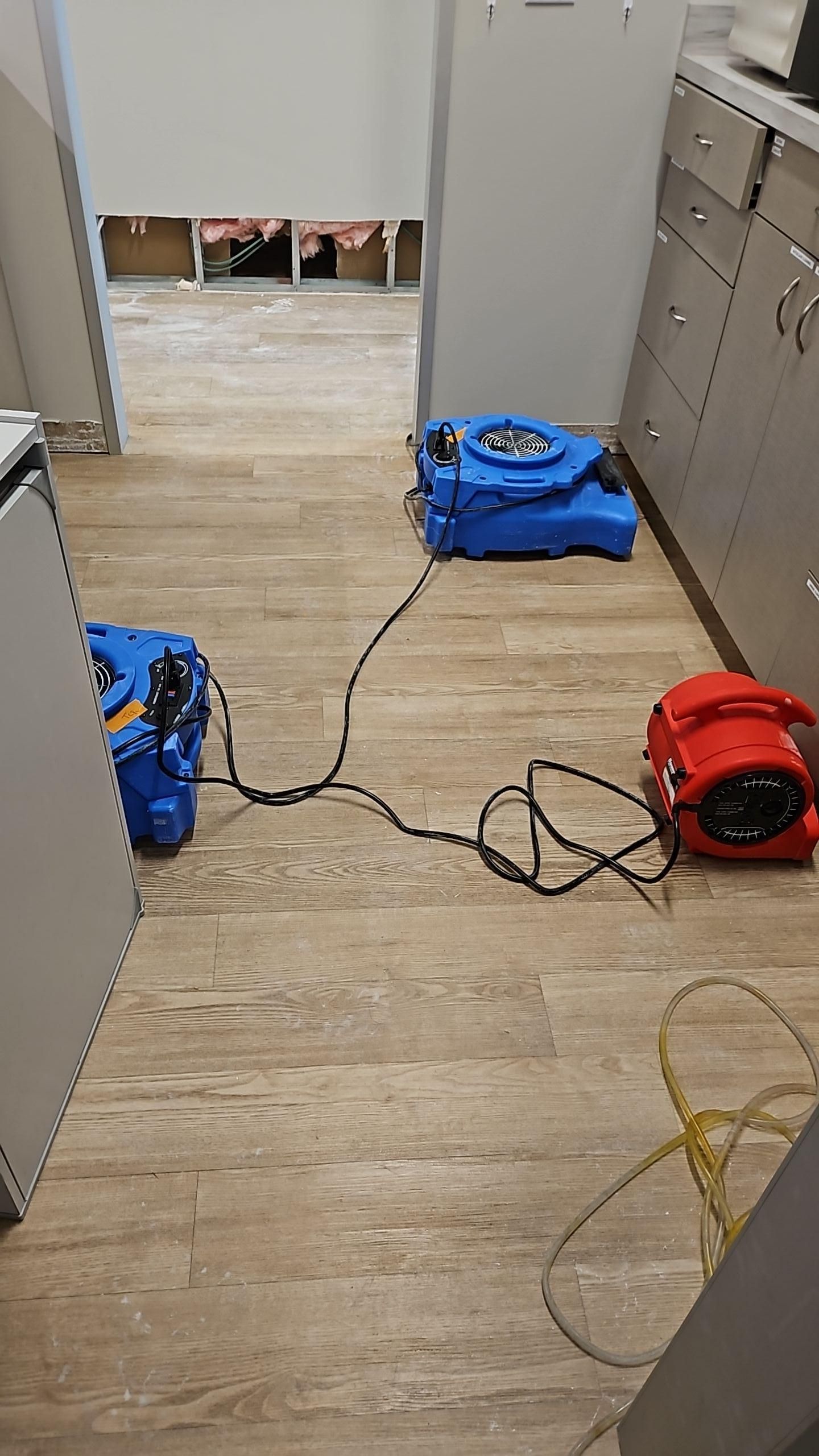

Lessons From Commercial Water Damage Projects
Every restoration job teaches us something, and this Georgetown pediatric office reinforced several important lessons about commercial water damage:
Speed matters even more in commercial settings. Every day a business can't operate fully represents real financial impact. Our 24/7 availability means we can respond immediately when commercial clients call, minimizing downtime and disruption.
Proper containment protects operations. By using professional containment strategies, we protected the operational portions of the office from our restoration work. Staff could continue seeing patients while we worked, reducing the business impact significantly.
Early response saves materials and money. Because we responded quickly and assessed the situation thoroughly, we were able to save the flooring and minimize demolition. Fast action often means the difference between drying in place and extensive reconstruction.
Documentation is critical for insurance claims. We photograph everything, log moisture readings throughout the process, and maintain detailed notes about our work. That documentation helps insurance claims move smoothly and gives property owners the records they need for their files.
Equipment matters. The difference between consumer-grade and professional restoration equipment isn't subtle. Our industrial equipment dries faster, more thoroughly, and with better control than anything you'd rent from a home improvement store.
Need Emergency Water Damage Restoration?
Don't let water damage shut down your business. Our team responds 24/7 to minimize downtime and get your property back to normal fast.
⚡ 24/7 Emergency Response
We're available around the clock to respond to your commercial water damage emergency.
🏢 Minimal Business Disruption
Strategic containment and scheduling keeps your business running during restoration.
📋 Insurance Assistance
Complete documentation and claims support to streamline your insurance process.
✅ IICRC Certified
Professional-grade equipment and certified technicians ensure quality restoration.
If you're dealing with water damage in a commercial property, whether it's an office, retail space, or medical facility, getting professional help quickly makes a real difference in your recovery timeline and final results. We understand the pressure to keep your business running while dealing with the restoration work needed to protect your property long term.
For more insights into handling water damage in commercial settings, check out our detailed guide on flood restoration equipment and learn about common mistakes to avoid during water damage restoration.
